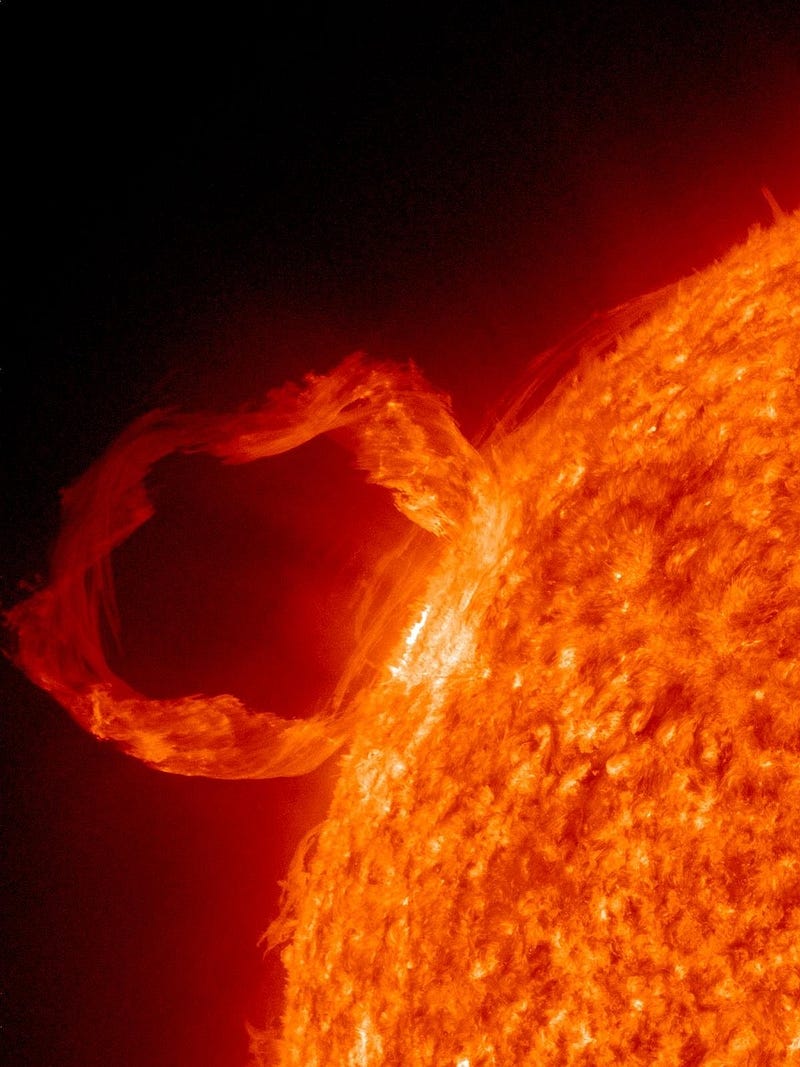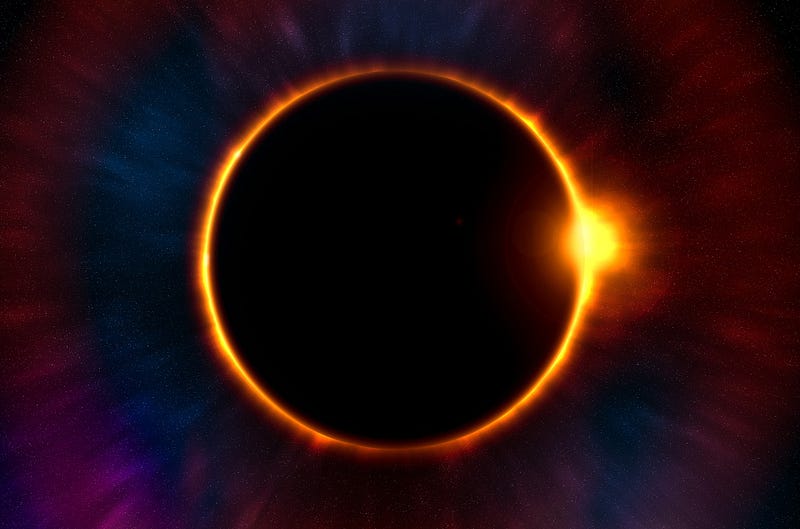The Sun's Threat: How Solar Flares Could Return Us to Dark Ages
Written on
Chapter 1: Understanding Human Ignorance
Many individuals lead their lives oblivious to the complexities of the world around them. Whether it’s the intricate workings of biological systems or the convoluted nature of financial markets, it’s unrealistic for anyone to master every field of knowledge. People often go through life without grasping the mechanics of their own vehicles, let alone the process of genetically altering crops. This is a common state of affairs. We all have personal concerns that preoccupy us, which often leads us to overlook large-scale issues that seem irrelevant to our daily lives.
The Scary Science series intends to shed light on how certain everyday matters can pale in comparison to genuinely alarming scientific theories. This exploration will delve into ideas that could potentially end life as we know it, putting humanity at risk, and sometimes even threatening all forms of life on Earth. Unfortunately, there may be little we can do to prevent such outcomes. Readers might find themselves wrestling with feelings of existential dread and contemplating humanity's role in the universe.
The inaugural topic in this series focuses on the threats posed by our very own Sun.

The Carrington Event
On September 1, 1859, amateur astronomer Richard Carrington observed an unusual cluster of sunspots from his observatory near London. Within minutes, these sunspots emitted a blinding white light before disappearing, but their effects were felt worldwide by the following day. The sky was filled with spectacular auroras, while the telegraph system—then the primary means of electronic communication—malfunctioned dramatically, generating sparks and shocking operators.
This phenomenon, known as the Carrington Event, was a geomagnetic storm that occurred when a massive solar flare released a coronal mass ejection (CME) of charged particles into space. Although we now monitor such flares using advanced tools like X-rays, the technology to detect these massive solar eruptions was nonexistent at the time.
Astronomers warn that we may be overdue for another event of similar magnitude. Surprisingly, they express greater concern about solar flares than about asteroids or supervolcanoes—events considered to be much less likely.
Solar flares contribute to "space weather," which refers to the varying conditions on the Sun and in space that can disrupt our technological infrastructure on Earth. Understanding and predicting space weather is crucial, though experts often disagree on its complexities. Coronal mass ejections and solar flares can unleash intense electromagnetic fields that induce powerful currents in electrical systems, causing widespread blackouts and damaging satellites.
In the video "Messed Up True Facts About The Dark Ages," we delve into the historical context of the Dark Ages and the societal impacts of significant events.
Canadian Blackout
On March 13, 1989, Quebec experienced a unique blackout caused not by a storm or infrastructure failure, but by a solar storm. Just days before, astronomers had detected a colossal explosion on the Sun that sent a massive cloud of gas toward Earth at an astonishing speed of 1.6 million kilometers per hour (about one million miles per hour). When this solar plasma collided with Earth’s magnetic field, it generated electrical currents that overwhelmed Quebec's power grid.
Millions were left in darkness for 12 hours, with many waking to cold homes and others stuck in elevators. While this incident primarily affected Quebec, similar issues arose across the U.S. Fortunately, these did not result in blackouts.
The effects of solar storms extend beyond surface disruptions; satellites can also suffer malfunctions, which can lead to catastrophic consequences for global communications and navigation.

Anticipating Future Threats
Currently, the Sun is in a solar minimum phase, but experts predict a solar maximum between 2023 and 2026. Ignoring the potential repercussions of a massive CME could be disastrous. The financial impact of a solar flare comparable to the Carrington Event could reach trillions of dollars, as such geomagnetic storms create electrical currents that can overload transformers and disrupt power lines.
"We live in a cyber cocoon enveloping the Earth," said physicist Daniel Baker at a 2011 geophysics conference, highlighting the potential chaos that could ensue if major cities lost power for extended periods.
The need for protective measures against solar storms is urgent. The U.S. Department of Energy has called for reserve transformers that can be deployed across the country in emergencies, akin to how FEMA sets up temporary shelters post-disaster.
The video "Top 10 Unforgettable Scary Dark Ages Facts" explores the impactful events and societal changes during the Dark Ages, shedding light on the historical significance of such periods.
Safeguarding Against Solar Disasters
Transformers, essential for managing electrical flow, can take months to repair. The International Association for Radio, Telecommunications and Electromagnetics estimates that safeguarding the electrical grid against solar storms could cost between $10 billion and $30 billion.
While efforts are underway to mitigate risks associated with solar flares, the most effective strategy remains to predict solar storms in advance and proactively shut down power systems before damage occurs. Initiatives like the Solar Storm Mitigation Project by the Department of Homeland Security are focused on forecasting geomagnetically induced currents that could harm the grid.
In addition, the Parker Solar Probe, launched in 2018, aims to enhance our understanding of solar activity by getting closer to the Sun than any previous spacecraft.
Despite these measures, a solar flare of the magnitude seen in 1859 could inflict severe damage beyond just technological disruptions, potentially harming the ozone layer, disrupting ecosystems, and even affecting human DNA. Our dependence on technology puts us at risk for hundreds of thousands of fatalities if critical systems fail, and the loss of the internet for an extended period could have profound societal repercussions.
For more detailed insights, refer to the "Severe Space Weather Events: Understanding Societal and Economic Impacts: A Workshop Report."
Explore more Scary Science topics:
- Scary Science: Are We Living in a Simulation?
- Scary Science: The Imminent Threat of Impact Events
Originally published at http://perfectly-plain.com on June 19, 2019.